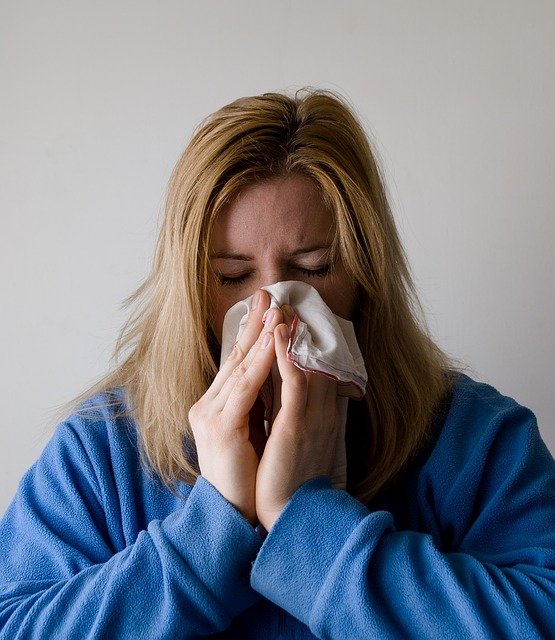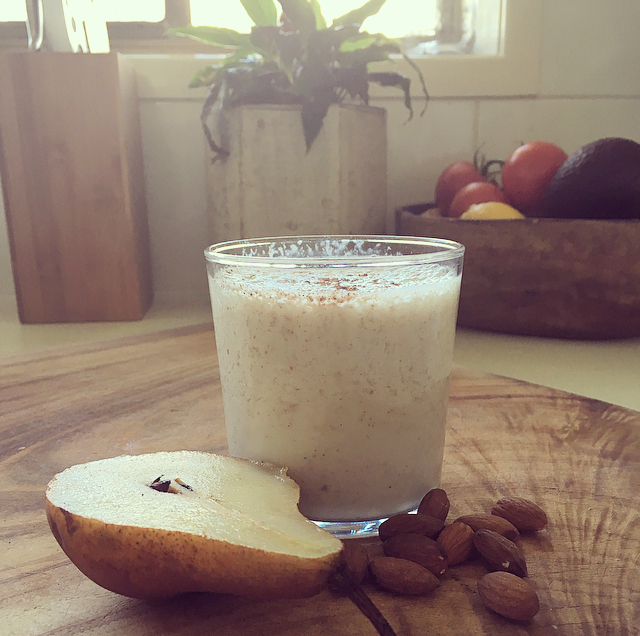
Immune System treatment with Chinese Medicine
Immune System treatment with Chinese Medicine
Immune system Chinese Medicine and Western medicine treatment approaches are quite different from each other.
When a virus enters the nose and throat, our immune system has receptors that tell the body there is an ‘invasion’, so the body sends helpers to ‘defend’ the body at the sight of infection, so we feel a sore throat come on for example. The immune system can often fight off an infection on its own, other times other invention may be needed.
The treatment for treating a common cold or flu from a western medicine perspective may include pharmaceutical use such as ibropofen to drop a fever, panadol for a headache, your doctor may advise rest and fluids to keep you hydrated. Elderly people are often given a flu shot in Autumn so they can build some antibodies to at least some of the inlfuenza variants in time for when Winter comes around and flu’s are more common.
The treatment for treating a common cold or flu or anything else viral from a Chinese medicine or eastern medicine perspective includes first understanding the onset. One person may come down with a sore throat and headache, another may feel lethargic, stuffy nose and feverish – even with the same variant of virus. The persons’ general health and medical history is also taken into account. For example if someone has chronic asthma but exercises regularly and eats a well balanced diet, compared to someone who is diabetic, obese and may be on multiple medications – they are completely different health status’s and their immune system response to a virus may be vastly different.
Herbal medicine is used at the first onset of symptoms for a virus which presents with flu symptoms and diagnosed usually with 3 seperate clinical presentations:
- Wind cold – runny nose, sneezing, some mucous congestion, fatigue, maybe a slight cough. There are no ‘hot’ symptoms and often happen if we just get caught in the rain or when the winds pick up in Autumn in the southern hemisphere.
- Wind heat – sore throat, swollen glands, headache, fever, achy muscles, lethargy, rapid heart rate and a yellow tongue coating. These are hot symptoms and often we catch this type of pathogen from someone else. Wind cold can sometimes turn into a wind heat pattern if the immune system has a hard time recovering. The mucous will go from clear to white to yellow to green and the fever etc kick in to further fight off the now hotter pathogen.
- Toxic heat and/or with phlegm – this type of condition is when wind heat isn’t resolved and a person gets more sick. They may end up with a lung infection with green or blood streaked sputum or have phlegm in their digestive system which leads to loose or sticky stools as well as lung phlegm that is hard to expectorate.
Depending on the persons constitution, herbal medicine is given as soon as symptoms come on. If you can get herbs into you within the first 12 hrs of a sore throat coming on (a wind heat pathogen for example), the herbs vent, disperse the expel the virus outwards preventing it from going deeper (aches, fever, then going to the chest then do not occur). As well as hydration, a healthy diet and rest. If however a pathogen lingers and nasty cough sticks arounds for weeks, a whole different approach is needed now as not only does the pathogen need to vent but the persons immune system needs some serious support!
Nutrition is a key part in anything cold/flu. Wind heat patterns already have so much heat in the body with fever, sore throats and aches going on we don’t want to add fire to fire so avoiding heating foods such as spicy, chocolate or coffee which create further heat is not recommended. But watermelon which is very cooling on the body also soothes a sore throat. Bonus! When a lot of mucous is present, it is not recommended to consume foods while sick that create more mucous in the body. These include dairy products and foods that have the texture of mashed avocado, peanut butter or bananas – they have ‘sticky’ consistency which is exactly what phlegm is. Whereas as a wind cold presentation would benefit from some spices such as chai tea which have dispersing and slightly warming qualities to balance out that cold invasion. it is a simple balance of cold balances hot, hot balances cold and avoiding those sticky ‘damp’ kind of phlegm foods when you have a chesty cough.
Traditional Chinese medicine consists of multiple facets to healing including acupuncture, cupping and gua sha therapy, massage, herbal medicine, exercise, nutrition and lifestyle recommendations to keep people well and as a way of preventative medicine. The lung energy is very much associated with the immune system so doing exercises that strengthen the lungs such as swimming, yoga, breath work and running build that lung capacity and ‘chi’ (energy). Someone who has Asthma would really benefit from swimming to strengthen the lungs and with the bonus of outside exercise you get Vitamin D too. Many minerals and vitamins found in our foods also support the immune system which is well researched, so eating a well balanced diet with lots of fruit and veggies is looking after you!
Allowing fevers to break on their own (without always reaching for the Ibuprofen) is a good sign your immune system is fighting off an infection. Further intervention is rarely needed when a fever gets high, but shouldn’t be disregarded either as a high fever can cause further illness. Getting a cold or flu every now and then is okay as well as your body creates antibodies to further protect itself for future attacks. Common herbs to strengthen the immune system in Chinese medicine are Huang Qi (Astragalus), Lingzhi (Reishi mushroom) and Bai zhu (Atractylodis Macrocephalae) which can be taken through the cold flu season to boost the immune system.
Here is a simple recipe to help a lingering cough!
If you’d like support in balancing your body and immune system Chinese medicine style then book in for a consult and treatment and we will get your system in great shape! You can book online or contact us at our Sunshine Coast Acupuncture and Chinese Medicine Clinic in Nambour on the beautiful Sunshine Coast.
 Hi, I’m Tanya, an AHPRA registered Acupuncturist, bodyworker and doctor of Chinese medicine in Nambour in the Sunshine Coast hinterland, Queensland Australia. I practice Chinese and natural medicine because its safe, logical, relevant and has effectively shown methods of natural wellness for thousands of years (read more about my training here). Life doesn’t need to be complicated and nor does the treatment approaches to get people feeling vibrant and well. I’ve seen people gain a lot from treatments, much more than just alleviating symptoms. It’s exciting to connect with people and share deep wisdom from the classics of ancient and traditional medicine, with modern protocols for todays mind-body living. See you in the clinic !
Hi, I’m Tanya, an AHPRA registered Acupuncturist, bodyworker and doctor of Chinese medicine in Nambour in the Sunshine Coast hinterland, Queensland Australia. I practice Chinese and natural medicine because its safe, logical, relevant and has effectively shown methods of natural wellness for thousands of years (read more about my training here). Life doesn’t need to be complicated and nor does the treatment approaches to get people feeling vibrant and well. I’ve seen people gain a lot from treatments, much more than just alleviating symptoms. It’s exciting to connect with people and share deep wisdom from the classics of ancient and traditional medicine, with modern protocols for todays mind-body living. See you in the clinic !


